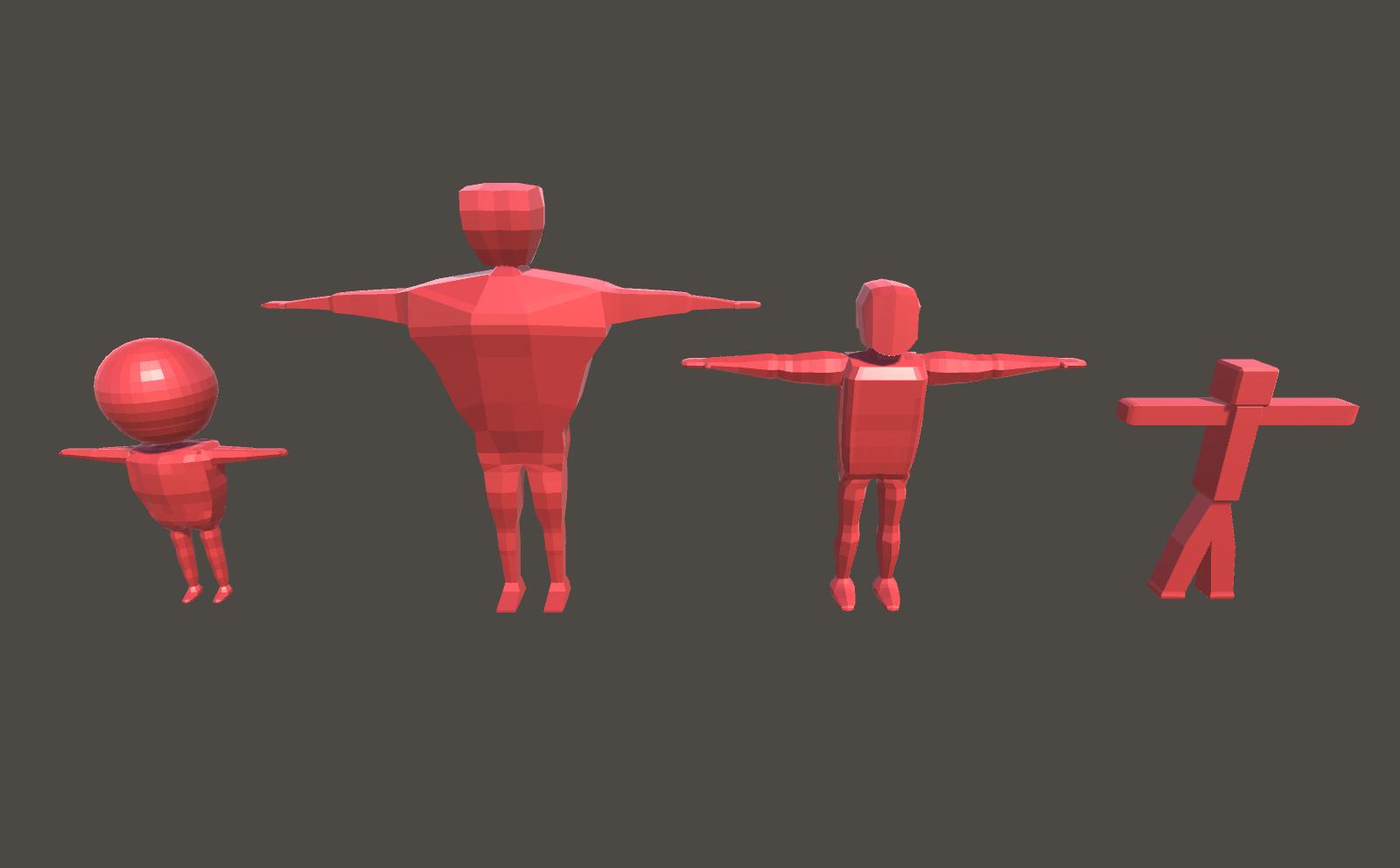
The two main components are the Mesh Filter, which holds the shape of the model, and the Mesh Renderer, which controls how the model appears when rendered. The Resources.Load() function takes the name of the model file (without the file extension) and the Instantiate() function creates an instance of the model in the scene.Įach 3D model in Unity is composed of several components.
#Unity 3d models how to
This code example demonstrates how to load a 3D model during runtime. GameObject model = Resources.Load(modelName) Sample code to load a 3D model at runtime The Unity engine supports numerous file formats like. To use a 3D model in Unity, it's usually imported from an external 3D modeling program such as Blender or Maya. They can be simple geometric figures like spheres and cubes, or more complex objects such as characters or detailed environments.

The Unity 3D engine utilizes a wide array of 3D models. These 3D models represent real-world objects, characters, or scenery within your virtual environments. Understanding Unity 3D models is pivotal to realizing your vision in creating interactive and immersive games. For more information, read our affiliate disclosure.

If you click an affiliate link and subsequently make a purchase, we will earn a small commission at no additional cost to you (you pay nothing extra). Important disclosure: we're proud affiliates of some tools mentioned in this guide.


 0 kommentar(er)
0 kommentar(er)
